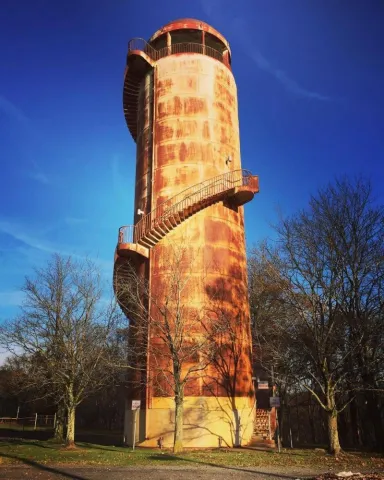Richland Township
Around 1800, John Crawford built the first cabin in Richland Township, which was then known as Pine Township, and claimed 403 acres. His rugged log home, with a dirt-floor bed of oak leaves and cattails under a bearskin blanket, marked the area's first human habitation.
Modern Bakerstown in Richland Township is situated on two "Depreciation Land" lots, each measuring 206 acres and surveyed in 1783. By 1820, William Waddle built a tavern at the crossroads of Packsaddle Trail (now Bakerstown Road) and the Venango Trail (now Route 8). Operated by Waddle, his son-in-law James Harbison, and later John S. Waddle, it became a local landmark.
By 1850, Bakerstown had established street names and was experiencing growing civic pride. John Waddle sold land to John and Mary Ann Stirling for $400 in Virgin Alley. He also ran a distillery and slaughterhouse. Harbison settled nearby in 1824, building a humble log home later converted into Wright's livery stable. Prominent figures, such as James Jones — a postmaster, teacher, and brick maker — and Dr. Israel Jones, were central to the community's development.
Church services in Richland Township began in the schoolhouse until Dr. Jones built the Methodist Church. Dwight Thompson sold 400 acres to William Brickle, whose home (now Hull House) served as a stop on the Underground Railroad.The Gibson family shaped the early history of Gibsonia. Around the Civil War, Charles Gibson Jr. built the first steam flour mill west of the Alleghenies on Grubbs Road. His 1839 homestead and general store — later Gibsonia's first Post Office — also hosted a Christian & Missionary Alliance Church mission before a fire destroyed it in 1908.

